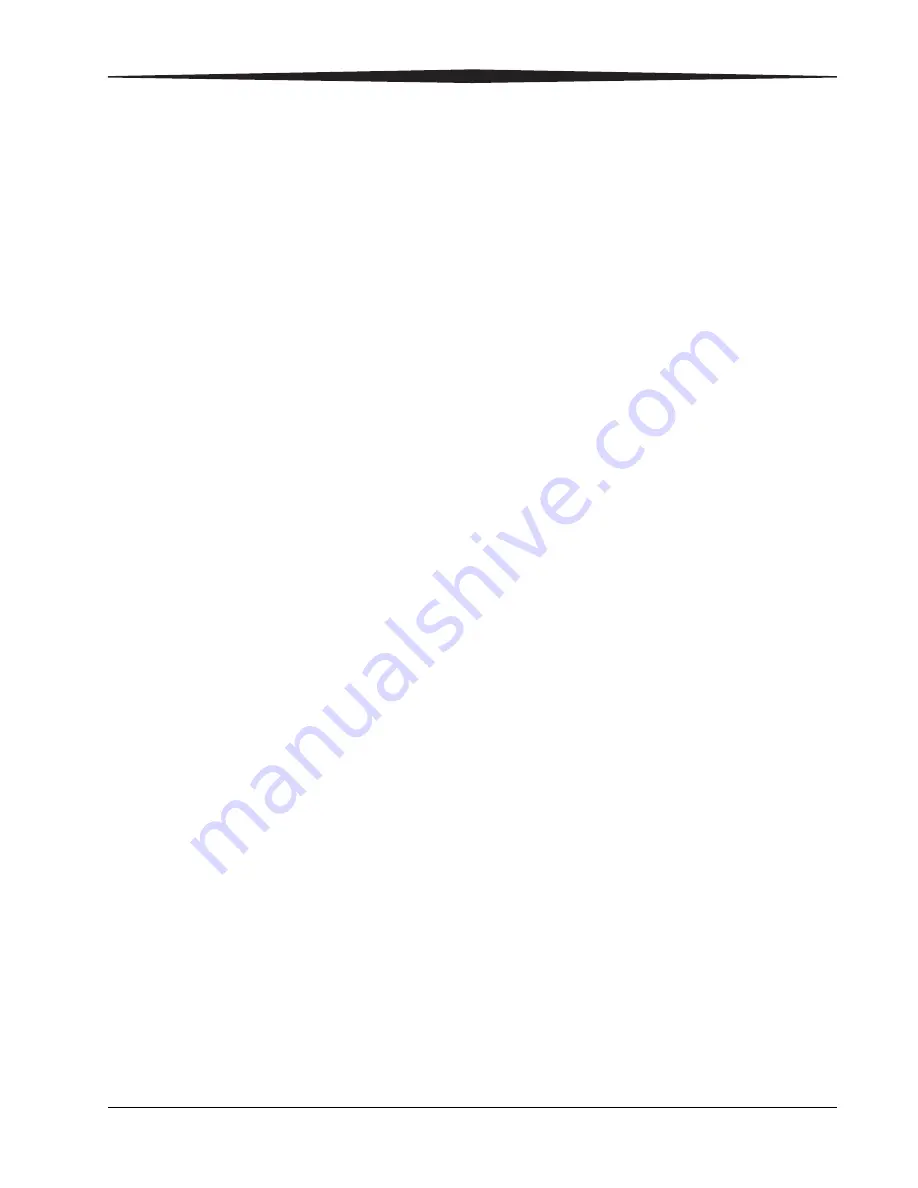
Scanning, Viewing, and Managing Images
August 1, 2003
1F1976
5-25
Colored borders around the thumbnails indicate the image’s
multi-format status.
•
Green —
include the image in a multi-format layout, and it has not
been included in a previous multi-format layout.
•
Gray—
the image was used in a previous multi-format layout. You can
still add the image to the new layout.
•
Yellow—
the image was placed in the current multi-format layout.
The two-up or four-up print layout appears at the bottom of the screen.
The yellow border indicates where the next image will be placed in the
format.
3.
Select the image you want to add to the layout. The image is added to the
print layout and the yellow border moves to the next multi-format layout
location. A yellow border is added to the image at the top of the screen to
indicate it has been added to the layout.
• To remove the image from the multi-format layout location, select the
trash can and then select the image.
• To select a different layout location, select the location, then select the
image you want to place there.
4.
Continue selecting images until the layout is complete.
NOTE: You don’t have to add an image to every multi-format layout location
for four-up images. Blank locations will print black.
You cannot flip or rotate images from the
Multi-format
screen. If
the image is saved in the wrong orientation, it rotates to fit in the
layout. To change the image orientation, go to the
Image Viewer
screen and make the changes.
Because four-up images always print in portrait mode and two-up
images always print in landscape mode, you can only change the
image orientation by 180 degrees.
5.
Click
Accept Image
to print the multi-format image. It is sent to the
displayed printer unless you change the destination using
Select
Destination
.
If you cannot print the multi-format layout to the selected destination, an
error message appears. Select a new printer destination that will support the
format, re-select the images and place them in the layout, and print.
See
“Appendix B: Printing Exceptions“
for a list of printing exceptions.
Summary of Contents for DirectView CR 500 System
Page 1: ...Kodak DirectView CR 500 System User s Guide H195 0016AC...
Page 10: ...viii August 1 2003 Table of Contents...
Page 14: ...1 4 1F1976 August 1 2003 Safety and Related Information Labels H195_0001DC...
Page 15: ...Safety and Related Information August 1 2003 1F1976 1 5 H195_0002DC...
Page 16: ...1 6 1F1976 August 1 2003 Safety and Related Information H195_0003DC...
Page 28: ...2 6 1F1976 August 1 2003 Overview...
Page 36: ...3 8 1F1976 August 1 2003 Operation and Workflow...
Page 46: ...4 10 1F1976 August 1 2003 Entering Exam Data...
Page 52: ...5 6 1F1976 August 1 2003 Scanning Viewing and Managing Images Reject Images...
Page 80: ...5 34 1F1976 August 1 2003 Scanning Viewing and Managing Images...
Page 92: ...6 12 1F1976 August 1 2003 Maintaining Image Quality...
Page 97: ...Troubleshooting August 1 2003 1F1976 7 5 Clear Pending Images...
Page 108: ...8 10 1F1976 August 1 2003 Maintaining Equipment and Cassettes...
Page 189: ...Key Operator Functions August 1 2003 1F1976 9 81 Number 2 Number 3 Number 4 Number 5...
Page 190: ...9 82 1F1976 August 1 2003 Key Operator Functions Number 6 Number 7 Number 8 Number 9...
Page 191: ...Key Operator Functions August 1 2003 1F1976 9 83 Number A Number B Number C Number D...
Page 194: ...9 86 1F1976 August 1 2003 Key Operator Functions Clear All Suffix Clear All Prefix Test...
Page 202: ...9 94 1F1976 August 1 2003 Key Operator Functions...
Page 218: ...10 16 1F1976 August 1 2003 Remote Operations Panel...
Page 226: ...B 4 1F1976 August 1 2003 Printing Exceptions...
Page 235: ......






























